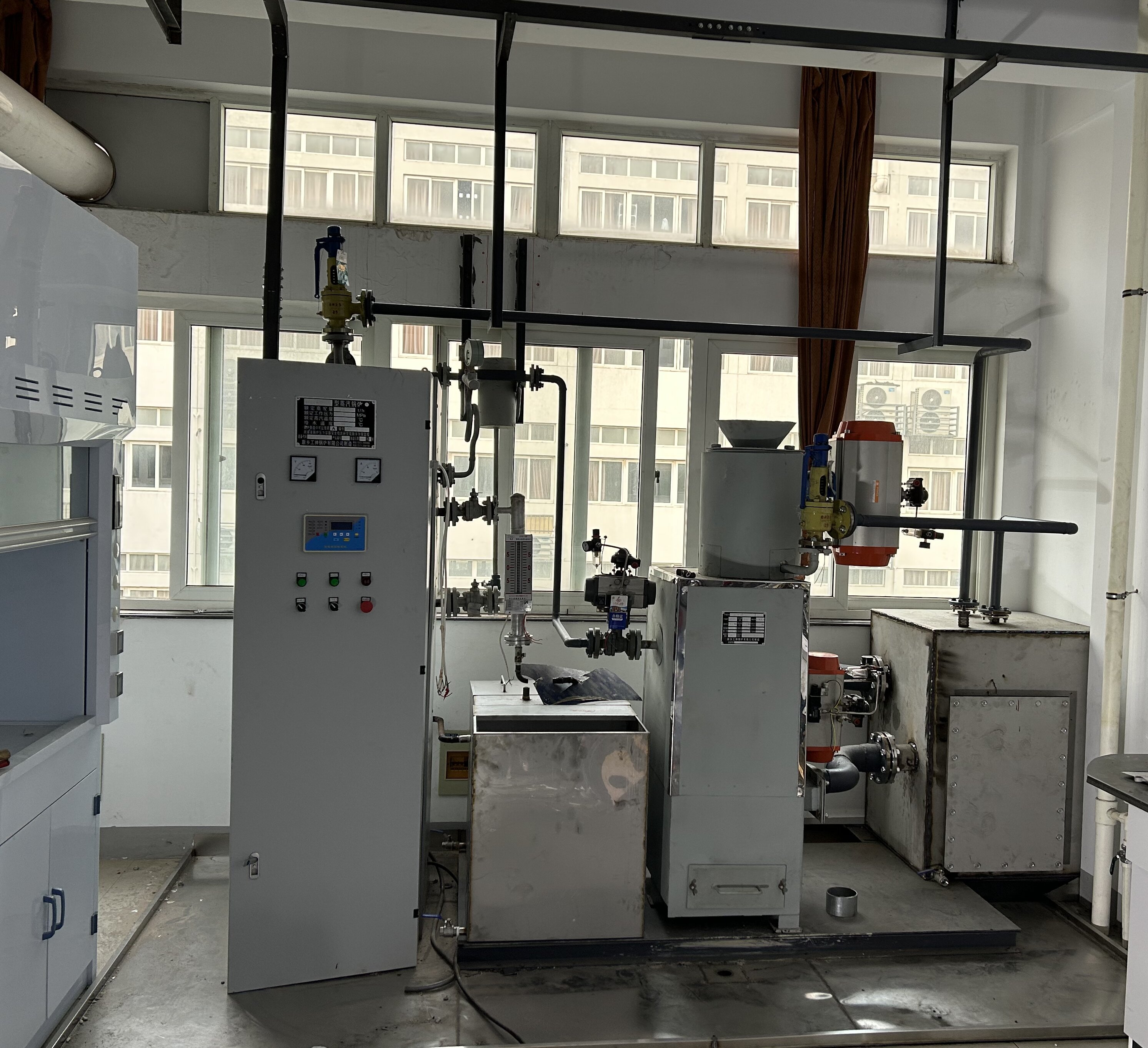
Waste heat boilers are designed for the reasonable and comprehensive utilization of existing resources to achieve energy saving and emission reduction, reduce operating costs, save resources, improve the environment, increase economic benefits, and optimize resource allocation. They utilize the sensible heat in waste gas, waste materials, or waste liquids from various industrial processes, or (and) the heat generated by the combustion of combustible substances in them.
1. Waste Heat Boiler Series:
Waste heat boilers are designed for the reasonable and comprehensive utilization of existing resources to achieve energy saving and emission reduction, reduce operating costs, save resources, improve the environment, increase economic benefits, and optimize resource allocation. They utilize the sensible heat in waste gas, waste materials, or waste liquids from various industrial processes, or (and) the heat generated by the combustion of combustible substances in them.
2. Main Products:
● Boiler Types: Low-temperature waste heat boilers (cement kilns, glass kilns, desulfurization, etc.), steel and coke (dry quenching coke, sintering cooling, blast furnace gas, coke oven gas, etc.) waste heat boilers, non-ferrous metal metallurgy (silicon iron, manganese iron, nickel iron, etc.) waste heat boilers, petrochemical (catalytic cracking, reaction oil gas, sulfur recovery, organic industrial waste gas, hydrogen production (addition), coke calcination, etc.), dry quenching coke, etc. waste heat boilers.
● Boiler Capacity: 1-220t/h
● Boiler Parameters:
◆ Pressure: 0.5-9.8MPa
◆ Temperature: 150-540°C
◆ Boiler Type: Horizontal, Vertical
3. Boiler Features:
Through cooperation with multiple design institutes (Shanghai 711 Institute, Luoyang Institute, 703 Institute, Huatai Coking Institute, etc.), we have successfully developed various waste heat boilers for the cement, steel, metallurgy, petrochemical, and dry quenching coke industries. These boilers have high technological content and have achieved good social benefits after being put on the market, receiving widespread praise and recognition.
Keywords:
Waste Heat Boiler Series

Waste Heat Boiler Series
Contact Us
Product Classification
Related Products
Complete Set of Equipment for Gas Explosion
Circulating Fluidized Bed Boiler





